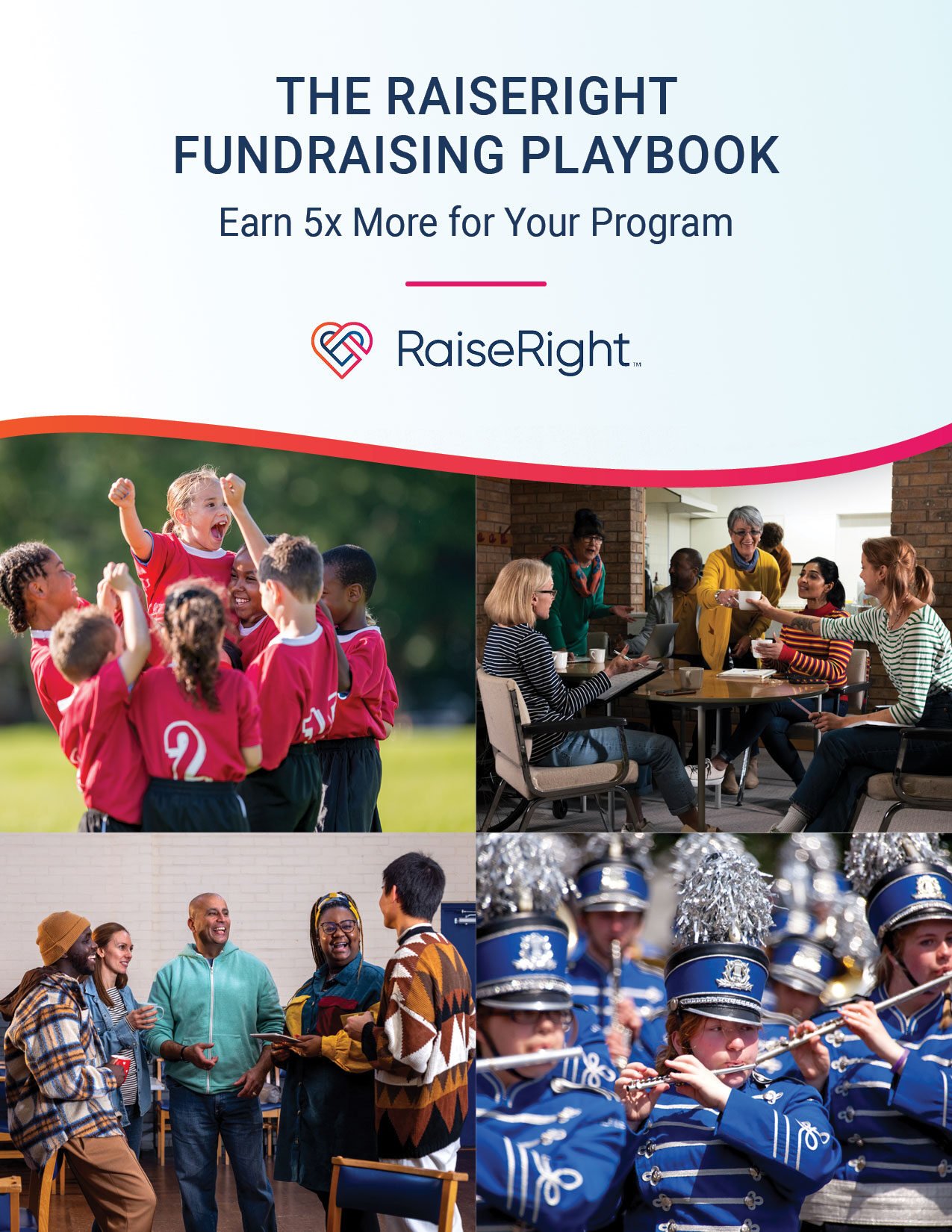Comparing Systems: Charter vs. Public vs. Private Schools

How do you make the right decisions for your child’s education? Between public schools, charter schools, and private schools, there’s much to consider, including differences in funding, mission, accessibility, and more.
Here's what you can expect as you assess the best school option for your child.
Public schools
Public elementary and secondary schools are available in all states. Their mission is to provide free education to all children in the country. As of 2022, about 49.6 million students attend public schools.
Public school funding
Public school budgets come from a mix of government sources. On average, the breakdown is:
- 45% from state governments
- 45% from local governments
- 10% from the federal government
What to expect from a public school experience
On average, a public secondary education provides the academic preparation for a public college education. To be accepted at coveted Ivy League schools, students may need to be situated in a highly rated public school district, participate in advanced courses, and seek additional tutoring or enrichment opportunities.
Pros and cons of public schools
If you can prioritize school district quality when choosing where to live, public schooling can offer many benefits, such as:
- Free to attend
- Widely available in all areas of the country and open to all children
- Regulations mandate the availability of special needs accommodations
- Exceptional education can be found in well-funded and well-managed districts
On the other hand, cons include:
- Poorly funded or managed districts may have standardized curricula, limited resources, less flexibility, and/or safety concerns
- Teachers are unionized, with job security prioritized over performance
- Attendance is free, but fees and fundraising are needed for additional support and extracurricular activities

Charter schools
Charter schools are the newest and most confusing option for many, but they’re rising.
According to the National Center for Education Statistics, in 2022, the number of public charter schools hit about 7,800, and enrollment more than doubled—to 3.7 million students—over the preceding decade.
Are charter schools private schools? No, charter schools are considered public, but they operate with more autonomy based on a legislative contract with the state or school district that excludes them from some district-level regulations in return for meeting specific accountability standards.
Charter school funding
Charter schools are publicly funded, typically on a per-pupil basis, through individual contracts with the government rather than part of the overall public system. They can also seek grants and donations to supplement tax-based funding.
What to expect from a charter school experience
If you're weighing the experience of charter school vs. public school, here's what to consider. Rather than focusing on a geographic area and serving a generic mix of educational subjects within the limits of available funds, charter schools tend to be organized around their specific educational offering, like:
- Arts (visual, performing, music, etc.)
- STEM (science, technology, engineering, and mathematics)
- College preparation
- Learning formats, with some charter schools being entirely online-based
Pros and cons of charter schools
Charter schools have only been around since 1991, which can make it difficult to judge them as a category rather than individually.
Some benefits include:
- Free tuition
- Early exposure to focused education that is often unavailable before college
- Access to teachers who would otherwise be teaching privately or collegially
- Talented students from average- or low-income families can obtain specialized education
Cons include:
- Selective or lottery-based enrollment
- Some students may regret committing early to a dedicated course of learning
- Unique nature makes it difficult to assess the school’s quality and governance
- Not available everywhere; some states have very few charter schools open
Private schools
Private elementary and secondary schools are established outside the government public school system. They’re often associated with religious organizations but can also be secular. As of 2021, about 4.7 million students attend private schools.
Private school funding
While tuition is a significant funding source for private schools, it’s not the only one. Private schools are funded from a mix of:
- Student tuition costs
- Endowments
- Private grants
- Fundraising programs like RaiseRight
- Alumni support
- Donations
What to expect from a private school experience
You’ll need to apply to a private school, and admittance is not guaranteed. Some schools also have waiting lists and rigorous standards or require references or networked alumni to obtain entry.
Students are more likely to be challenged academically and may require more time or help completing their workload. Extracurriculars may trend toward higher-income pursuits, but the range may be limited for smaller private schools.
Pros and cons of private schools
Compared to the average public school, you’ll find that many private schools provide:
- Smaller class sizes with more resources
- A specialized or higher level of academic curriculum that prepares students for competitive colleges
- Safer environments with less tolerance for risky behavior
- More staff accountability to the families as consumers
However, the negatives of some private schools can include:
- They’re expensive, with an average annual cost of $12,790 per student
- Behavioral mandates that may be restrictive for some students
- Selective admissions that could result in a lack of diversity in the student body
- Negative culture or influences linked to wealthy students and families
Read More: How to Make Private School Affordable: A Parent’s Guide
When comparing private school vs. public school, the biggest differences often come down to cost and religious affiliation. While private schools are known for strong academics, many public schools (especially in top-performing districts) also achieve high student success rates and college acceptance rates. If you're on the fence between private or public education, assess the specific schools in your area, and weigh their strengths, resources, and overall value to determine if the cost of private education is worth it for your family.

Ask these questions to help you decide
Before committing to a school, ponder your needs, options, and budget. Consider:
- Talents to nurture—academic, sports, performance, arts, etc.
- Special needs that require support
- Each school’s quality of curriculum, learning practices, safety, culture, and behavior
- The cost of tuition, transportation, fees, and extracurriculars
- The availability of financial aid, scholarships, or programs like RaiseRight to reduce tuition and help cover costs
- Whether the school you’re looking into is eligible for School Choice benefits
Ensure a bright educational future with RaiseRight
As you shop for the right public, private, or charter school, ask whether they have a RaiseRight program to help cover tuition or reduce extracurricular costs.
With RaiseRight, you and fellow families can buy gift cards, shop online, dine at local restaurants, or book travel to earn money for tuition or school-related expenses. RaiseRight partners with hundreds of popular brands like Walmart, Starbucks, and Amazon, so earning money is effortless and fits your lifestyle.
Many families can easily earn $1,000 or more towards school expenses just by using RaiseRight for everyday purchases like gas, groceries, and dining out. Curious to see how much your household can earn in one year using RaiseRight? Try our free earning potential calculator to see for yourself:
If your ideal school isn't set up with RaiseRight yet, share our resources on how RaiseRight works or how RaiseRight supports thousands of schools across the U.S.



